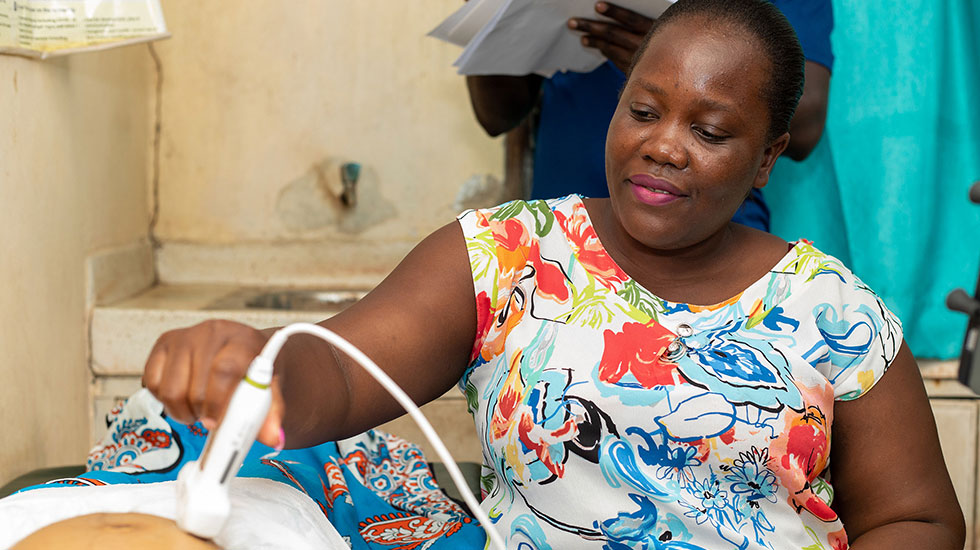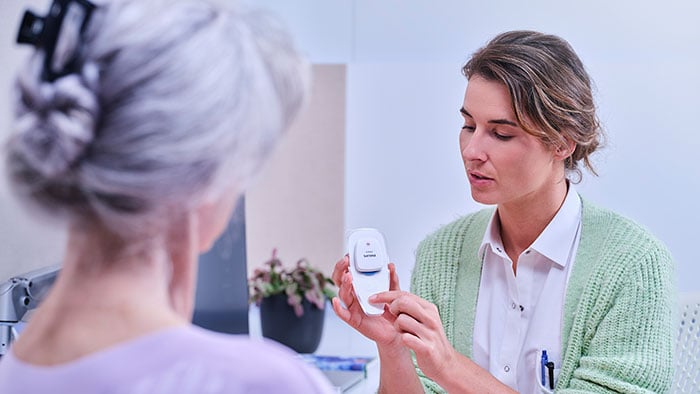Strengthening medical imaging capacity globally to provide better care for more people
May 28, 2025 | 3 minute read
At the 78th World Health Assembly (WHA) in Geneva, the World Health Organization (WHO) Member States adopted a milestone resolution to strengthen medical imaging capacity worldwide. The resolution acknowledges that significant disparities exist in access to medical imaging services and stresses the urgent need for action to improve this situation.

Medical imaging is one of the cornerstones of modern medicine. Diagnostic X-ray, computed tomography (CT), magnetic resonance (MR), and ultrasound imaging play a crucial role in disease detection, diagnosis, treatment planning, and patient management. Medical imaging is highly cost-effective when used appropriately. Conversely, without accurate diagnoses, treatment success and patient outcomes will be severely compromised.
Unfortunately, significant disparities exist globally in access to imaging services. For example, MRI and CT capacity is much higher in Germany than in most other high-income countries, while a substantial number of low- and middle-income countries lack even the most basic imaging capacity. Yet, the demand for imaging globally continues to grow, driven by predicted increases in patients with chronic and complex non-communicable diseases (NCDs). These include cardiovascular disease, cancer, chronic lung disease and stroke, and are responsible for 74% of all deaths worldwide. Medical imaging is crucial for diagnosing and treating infectious diseases, pregnancy issues, and traumatic injuries.
Philips fully supports adoption of the WHA resolution and is fully committed to partnering with member states and relevant stakeholders to help implement it. Strengthening medical imaging capacity at the national level will require expertise, collaboration and a holistic approach. This not only includes targeted investment in imaging infrastructures, but also in healthcare IT infrastructures, workforce development, clinical education, training, and technical maintenance and support services.
We believe these new AI-enabled innovations have the potential to make a significant contribution to the WHO goal of strengthening medical imaging capacity, making high-quality diagnosis and treatment available to patients everywhere.
Carla Goulart Peron, Chief Medical Officer at Philips: “Through the meaningful application of artificial intelligence to medical imaging, Philips is continuously improving image quality, speeding up scans, enhancing workflows, and providing automated insights to support clinical decision-making. We believe these new AI-enabled innovations have the potential to make a significant contribution to the WHO goal of strengthening medical imaging capacity, making high-quality diagnosis and treatment available to patients everywhere.”
A plan to strengthen medical imaging capacity must consider:
Philips supports hospitals and health systems with implementing imaging infrastructures to provide better care for more people. Philips’ teams offer expertise in imaging systems, software (including AI), training, education, and equipment maintenance and support services to enhance diagnostics, increase efficiency, and address resource constraints.
Philips’ approach is to collaborate with all relevant stakeholders – from local communities, governments, non-government organizations (NGOs), international organizations, UN bodies and academic institutions to private sector companies, impact investors, and development and commercial banks. This makes it possible to strengthen healthcare systems, sharing risks and benefits along the way.








